This metamaterial-based e-skin integrates multiple sensory inputs, including pre-contact detection and self-powered operation, advancing wearable and robotic technologies.
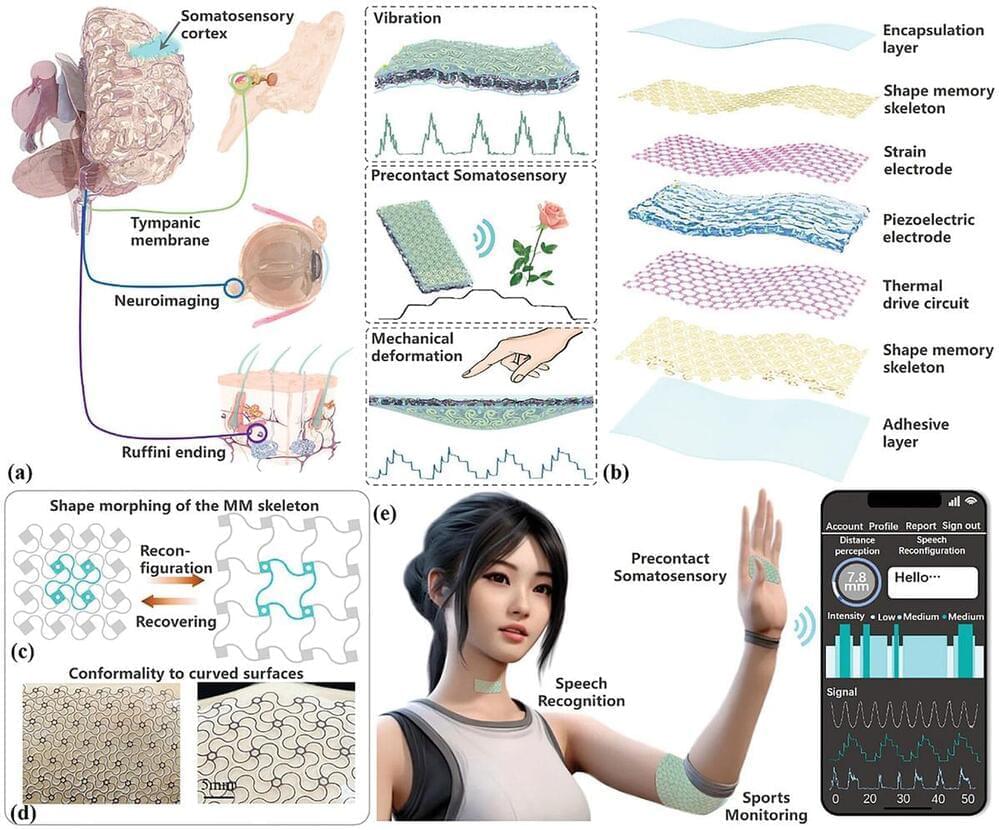


But what if you’re a manufacturer without the budget, bandwidth or time to invest in advanced digital transformation right now? You can still take practical steps to move forward. Start with fundamental data collection and analytic tools to lay the groundwork. Leveraging visibility solutions like barcode scanning, wearables or other basic Internet of Things (IoT) devices can help monitor machines and provide insights and improvements.
Quality is the final piece of the equation. Once you’re further down the path to transformation, implement visibility solutions and augment and upskill workers with technology to optimize quality. To drive quality even further, add advanced automation solutions. You don’t have to boil the ocean on your digital transformation journey—take it one step at a time from wherever you’re starting.
Most manufacturers (87%) in Zebra’s study agree it’s a challenge to pilot new technologies or move beyond the pilot phase, yet they plan to advance digital maturity by 2029. With the right technology tools and solutions in place to advance visibility, augment workers and optimize quality, they will get there.
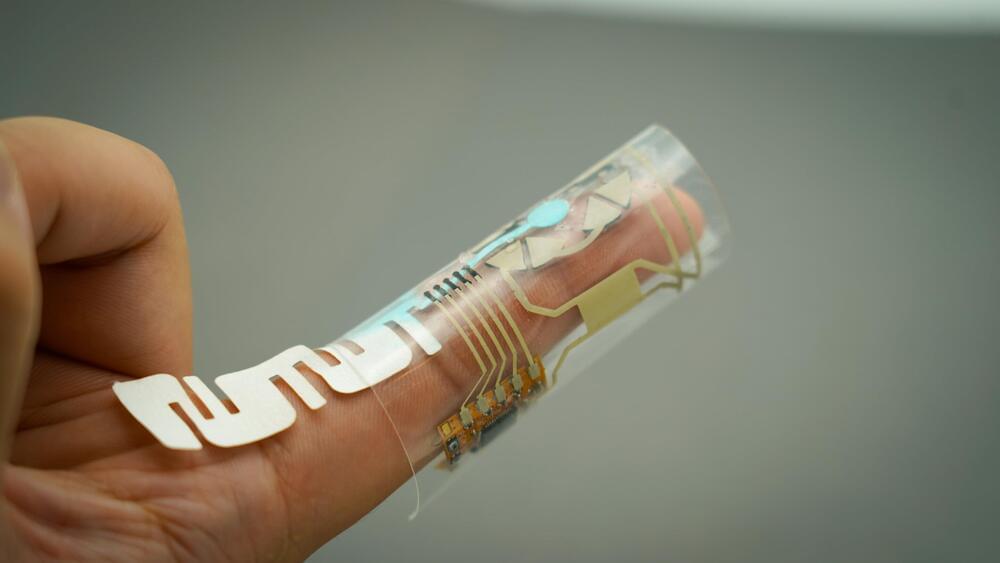
A sweat-powered wearable has the potential to make continuous, personalized health monitoring as effortless as wearing a Band-Aid. Engineers at the University of California San Diego have developed an electronic finger wrap that monitors vital chemical levels—such as glucose, vitamins, and even drugs—present in the same fingertip sweat from which it derives its energy.
The advance was published Sept. 3 in Nature Electronics by the research group of Joseph Wang, a professor in the Aiiso Yufeng Li Family Department of Chemical and Nano Engineering at UC San Diego.
The device, which wraps snugly around the finger, draws power from an unlikely source—the fingertip’s sweat. Fingertips, despite their small size, are among the body’s most prolific sweat producers, each packed with over a thousand sweat glands. These glands can produce 100 to 1,000 times more sweat than most other areas of the body, even during rest.
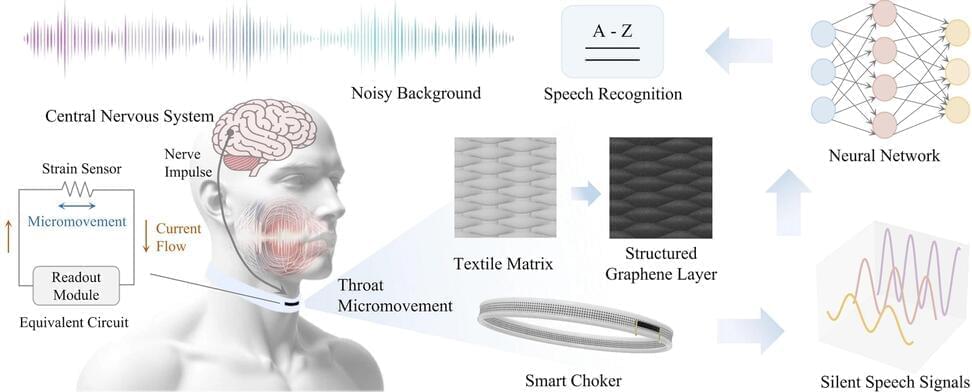
A wearable ‘smart’ choker for speech recognition has the potential to redefine the field of silent speech interface (SSI), say researchers—thanks to embedded ultrasensitive textile strain sensor technology.
Where verbal communication is hindered, such as in locations with lots of background noise or where an individual has an existing speech impairment, SSI systems are a cutting-edge solution, enabling verbal communication without vocalization. As such, it is a type of electronic lip-reading using human-computer interaction.
In new research, led by the University of Cambridge, an overlying structured graphene layer is applied to an integrated textile strain sensor for robust speech recognition performance, even in noisy environments.

A novel, water-resistant patch-wearable cardioverter-defibrillator (P-WCD) is safe and effective for patients at risk for sudden cardiac arrest, according to a study published in the Aug. 6 issue of the Journal of the American College of Cardiology.
John Hummel, M.D., from The Ohio State University in Columbus, and colleagues assessed the safety and clinical effectiveness of a novel P-WCD. The analysis included 290 patients at risk for sudden cardiac arrest due to ventricular tachycardia/ventricular fibrillation who were not candidates for or refused an implantable defibrillator.
The researchers found that the clinically significant cutaneous adverse device effect rate was 2.30 percent, with no severe adverse effects. There were no device-related deaths or serious adverse events reported. The inappropriate shock rate was 0.36 per 100 patient-months. Nine patients received 11 shocks, of which nine shocks were adjudicated to be appropriate. Eight of nine appropriate shocks were successful with a single shock. Median wear time compliance was 23.5 hours per day.
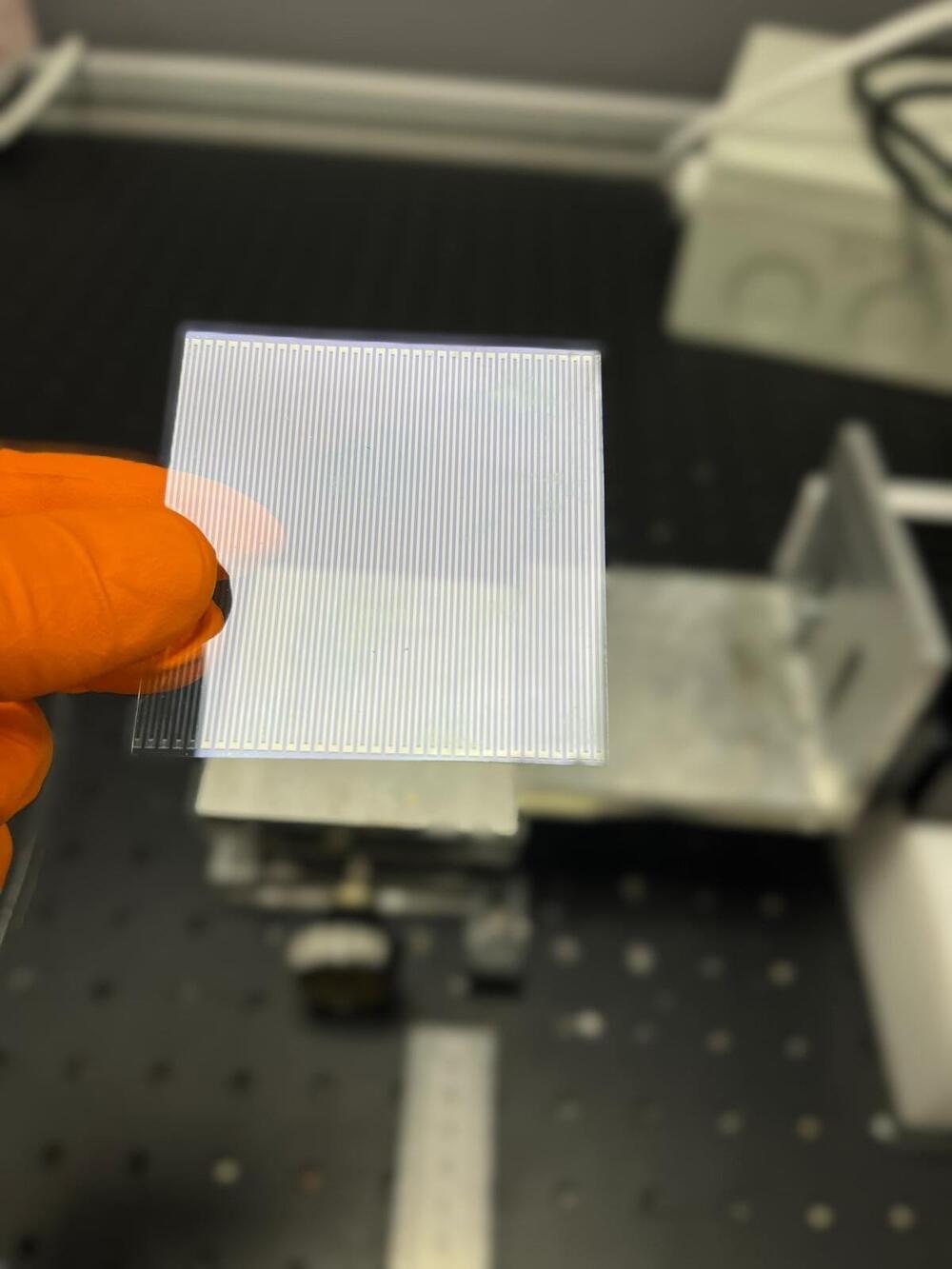
Your early morning run could soon help harvest enough electricity to power your wearable devices, thanks to a new nanotechnology developed at the University of Surrey.
Surrey’s Advanced Technology Institute (ATI) has developed highly energy-efficient, flexible nanogenerators, which demonstrate a 140-fold increase in power density when compared to conventional nanogenerators. ATI researchers believe that this development could pave the way for nano-devices that are as efficient as today’s solar cells.
The findings are published in the journal Nano Energy.
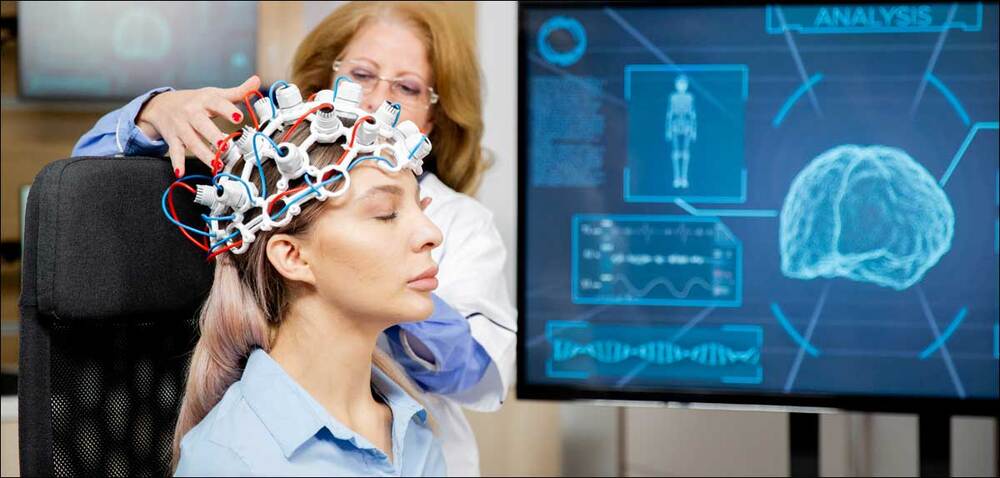
Further, “the necessity to secure private ideas, plans, and brain data from unpermitted viewing is accorded to Dr. Anita S Jwa by the phrase,” she argues. Besides that, the ethical implications in the fields of informed consent, coercion, and fairness with respect to the common attributes of the BCIs must be critically considered. For example, consider a scenario where a BCI is used to control a prosthetic limb. Without proper privacy measures, “unauthorised access to the BCI could lead to manipulation of the prosthetic limb,” posing risks to the user’s safety and autonomy.
Overcoming these difficulties requires the joint efforts of all the stakeholders, such as researchers, policymakers, and industry leaders. In the same way, we have to critically assess the technical, ethical, and accessibility issues in BCI. We may then be able to capture the potential of these BCIs and ultimately improve human lives.
In this instance, just imagine that we are submerging into the future of BCIs, and to my surprise, it feels like living in a movie where sci-fi is a reality! BCIs are going to be able to do all kinds of really advanced things very soon. People are going to think that they are very cool. We are entering an entirely new realm of brainy gadgets that are becoming smaller, sleeker, and oh-so-wearable. It is now all gear change; the future of BCI is almost as organic as slipping on your dream pair of sunglasses.
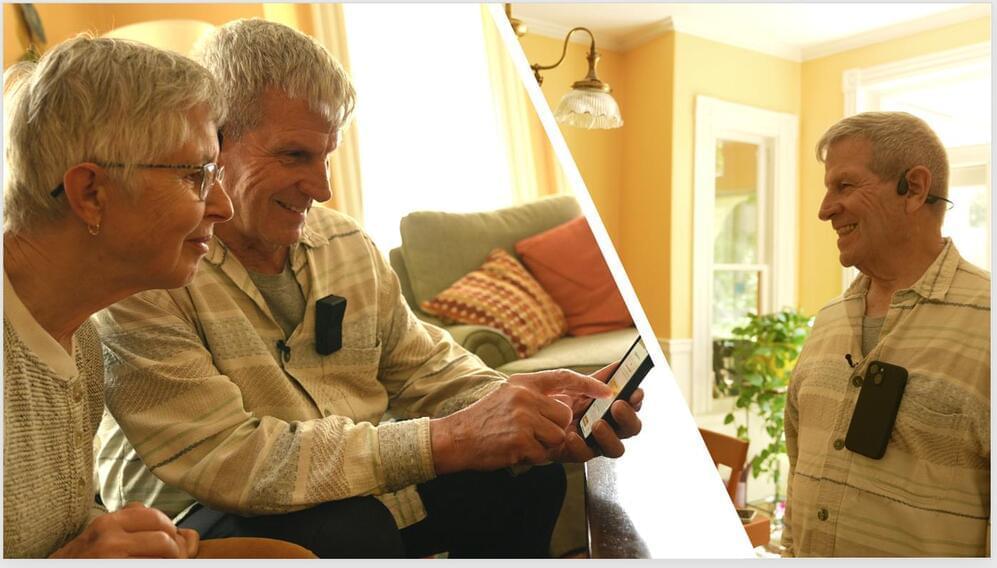
We’re living in an aging society with cognitive loss placing stress on caregivers to monitor older adults struggling with memory decline.
MemPal is a wearable voice-based memory assistant that helps older adults live more independently and safely at home while also reducing caregiver burden. MemPal uses AI to automatically log the user’s actions in real-time based on visual context from a wearable camera without storing any image data, thereby preserving user privacy. With this activity log, MemPal helps older adults recall locations of misplaced objects and completion of past actions using simple voice-based queries such as “Hey Pal, where is my phone?” Additionally, MemPal provides context-based proactive safety reminders (e.g., “you may have forgotten to turn off the stove” or” you already took your medicine an hour ago”) and automatically tracks the completion on the MemPal app, allowing for remote monitoring by caregivers. Lastly MemPal can generate an automatic, summarized diary of activities for caregivers that may also prove useful for physicians to better understand patient behavior within their home.
MemPal was tested within the homes of 15 older adults (ages 65+). Our study demonstrated improved performance of object finding with audio-based assistance compared to no aid and positive overall user perceptions on the designed system. We discuss future design guidelines to adapt these types of wearable systems to various older adults’ needs.
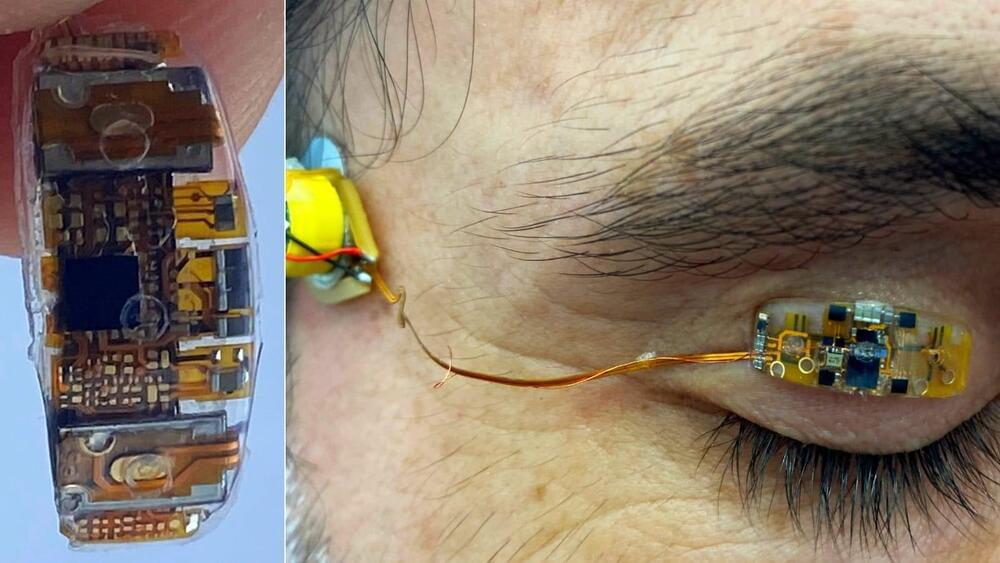
The wearables market has been dominated, so far, by smartwatches and fitness trackers. The first Apple Watch was launched in April 2015, and wearable technology now includes jewelry that tracks your steps and notifies you of an incoming call, VR headsets for gamers, earbuds, smart glasses with Internet access, smart clothing integrated with electronic devices and a range of health monitors.
But the world’s first eyelid wearable device opens up a whole new world of opportunity.
Blink Energy’s device weighs just 0.4 grams (0.014 ounces) — less than half the weight of a paperclip – and is fitted to one eyelid. You barely notice it, says Bar-On. “After two minutes you forget it’s there.”

Electronic waste, or e-waste, is a rapidly growing global problem, and it’s expected to worsen with the production of new kinds of flexible electronics for robotics, wearable devices, health monitors, and other new applications, including single-use devices.
A new kind of flexible substrate material developed at MIT, the University of Utah, and Meta has the potential to enable not only the recycling of materials and components at the end of a device’s useful life, but also the scalable manufacture of more complex multilayered circuits than existing substrates provide.
The development of this new material is described in the journal RSC Applied Polymers (“Photopatternable, Degradable, and Performant Polyimide Network Substrates for E-Waste Mitigation”), in a paper by MIT Professor Thomas J. Wallin, University of Utah Professor Chen Wang, and seven others.